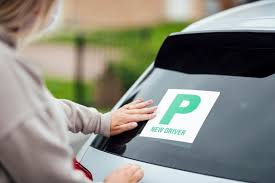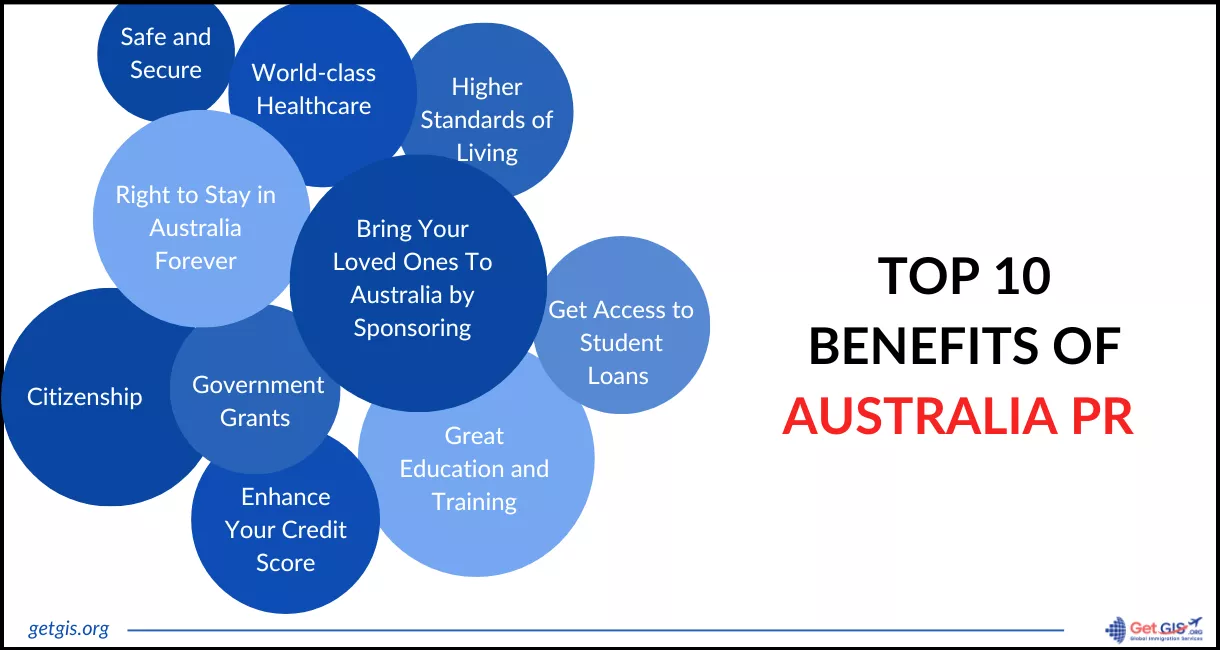Getting your driver’s license is a big deal that gives you a lot of freedom and independence. Getting from L-plates to a full license in Australia is an organised process that helps new drivers gain the skills and confidence they need to stay safe on the road. Signing up for a trusted driving school Canberra students use can make all the difference in how quickly and easily you reach your goal if you live in the ACT.
Step 1: Getting Your Learner’s Permit (L-Plates)
The journey begins with the learner’s permit. In Canberra, this requires completing a Road Rules Knowledge Test, which assesses your understanding of traffic laws, signs, and safe driving practices. Once you pass the test and meet the age requirement (usually 15 years and 9 months), you’re issued an L-plate licence.
As a learner, you must always drive with a fully licensed driver seated beside you. This stage is about gaining foundational experience and understanding how to operate a vehicle in various conditions. Most learners are required to log a minimum of 100 supervised driving hours, including at least 10 hours of night driving.
Step 2: Choosing the Right Driving School
Some people who are learning to drive only practice with family or friends, but getting professional lessons can greatly increase their chances of passing their test. A professional driving school in Canberra that people trust will give you lessons that are organised and geared toward your level of skill. Certified instructors ensure you learn good habits from the start, rather than developing bad ones you’ll need to unlearn later.
Driving schools also offer dual-control vehicles for added safety and are familiar with local test routes, which can be beneficial when preparing for the driving exam.
Step 3: Preparing for the Practical Driving Assessment
Once you’ve completed the required logbook hours and feel confident, the next step is the Practical Driving Assessment (PDA). This on-road test evaluates your ability to drive independently, demonstrating safe and legal driving behaviour in a variety of traffic situations. The test includes tasks like merging into traffic, parallel parking, obeying road signs, and hazard perception.
To pass, you must demonstrate sound judgment, awareness, and adherence to road rules without committing serious errors. Many learners find it helpful to schedule a pre-test lesson with their instructor to address any last-minute issues and refine techniques.
Step 4: Moving to a Provisional Licence (P1 & P2)
Upon passing the PDA, you’ll receive your P1 licence. This stage still comes with restrictions, such as a lower demerit point threshold and limitations on driving with peer passengers. These rules are in place to help young or inexperienced drivers transition safely to solo driving.
After maintaining a clean record on your P1 licence for 12 months, you’re eligible to upgrade to a P2 licence, which carries fewer restrictions. You’ll stay in this phase for two more years before qualifying for a full licence.
Step 5: Earning Your Full Licence
After holding your P2 licence for the required period and meeting all conditions (such as not accruing excessive demerit points), you can apply for your full, unrestricted licence. This signifies the completion of your driving journey — but not the end of learning. Experience and continuous awareness are essential to staying safe on the road.
READ MORE : https://www.theshowbizshine.com/
Final Thoughts
The process from L-plates to a full licence is designed to promote safety, confidence, and competence. By following each step carefully and seeking expert guidance along the way, learners can become responsible drivers for life. Choosing a well-established driving school Canberra residents recommend can ease the transition at every stage, from your first lesson to the final road test. Remember, good driving habits start early, and the right instruction can make your journey smoother, safer, and more successful.



